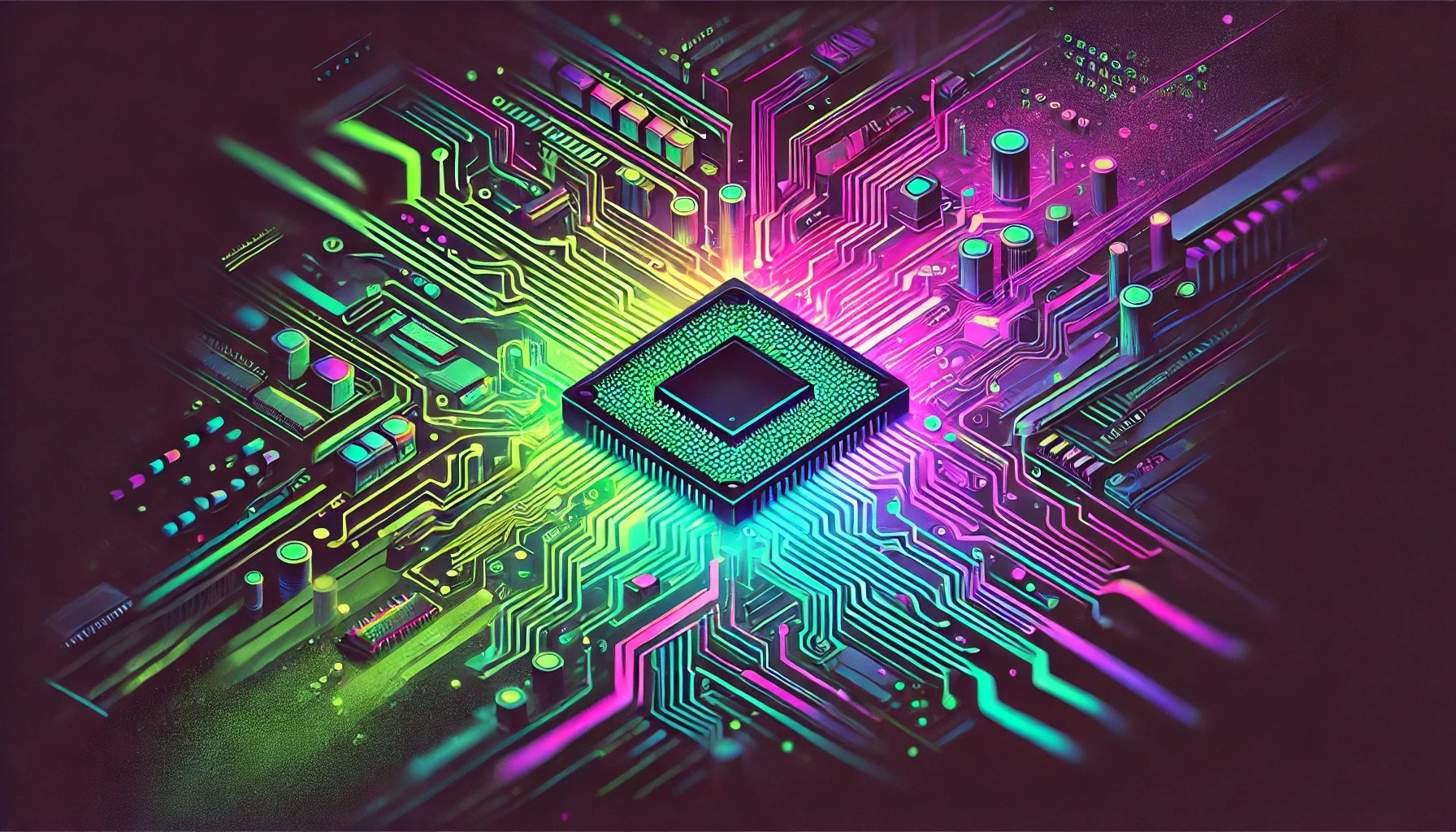Understanding Touchscreen Mechanics
- Most modern touchscreens are either capacitive or resistive, each requiring distinct approaches for interfacing at the hardware level.
- Capacitive screens detect touch via electrical conduction, whereas resistive screens depend on physical pressure. Choose a microcontroller that supports your touchscreen's technology.
Integration of Touchscreen Hardware
- Ensure the microcontroller or processor supports the touchscreen interface (e.g., I2C, SPI). Use the provided datasheet to understand the pin configuration and functionalities.
- If needed, integrate necessary libraries for your microcontroller to facilitate communication with the touchscreen hardware. For instance, utilize the STM32 HAL libraries for an STM32 microcontroller.
#include "stm32f4xx_hal.h"
I2C_HandleTypeDef hi2c1;
void MX_I2C1_Init(void) {
hi2c1.Instance = I2C1;
hi2c1.Init.ClockSpeed = 100000;
hi2c1.Init.DutyCycle = I2C_DUTYCYCLE_2;
hi2c1.Init.OwnAddress1 = 0;
hi2c1.Init.AddressingMode = I2C_ADDRESSINGMODE_7BIT;
hi2c1.Init.DualAddressMode = I2C_DUALADDRESS_DISABLE;
hi2c1.Init.OwnAddress2 = 0;
hi2c1.Init.GeneralCallMode = I2C_GENERALCALL_DISABLE;
hi2c1.Init.NoStretchMode = I2C_NOSTRETCH_DISABLE;
HAL_I2C_Init(&hi2c1);
}
Firmware Interface Setup
- Establish routines for reading data from the touchscreen. For example, create functions to read touch locations and gestures.
- Develop interrupt-based or polling methods to update touch data efficiently, ensuring the system remains responsive.
typedef struct {
uint16_t x;
uint16_t y;
uint8_t touch_detected;
} TouchState;
TouchState current_touch;
void read_touch_data(void) {
// Implement I2C/SPI read from touchscreen controller
uint8_t data[4];
HAL_I2C_Master_Receive(&hi2c1, TOUCHSCREEN_ADDR, data, 4, HAL_MAX_DELAY);
current_touch.x = (data[0] << 8) | data[1];
current_touch.y = (data[2] << 8) | data[3];
current_touch.touch_detected = (data[0] & 0x80) ? 1 : 0;
}
Gesture Recognition Algorithms
- Implement software algorithms to interpret touch data into specific gestures like swipes or pinches.
- Consider using state machines or finite automata to handle gesture transitions effectively.
typedef enum {
GESTURE_NONE,
GESTURE_SWIPE_LEFT,
GESTURE_SWIPE_RIGHT,
GESTURE_SWIPE_UP,
GESTURE_SWIPE_DOWN
} GestureType;
GestureType detect_gesture(void) {
// Implement gesture detection logic based on touch history
if (/* condition for left swipe */) {
return GESTURE_SWIPE_LEFT;
}
return GESTURE_NONE;
}
Integration and Testing
- Ensure your device can accurately detect and respond to touch interactions by testing with various gestures and user inputs.
- Debug and optimize touch detection code based on common errors or reduced responsiveness.
int main(void) {
HAL_Init();
SystemClock_Config();
MX_I2C1_Init();
while (1) {
read_touch_data();
GestureType gesture = detect_gesture();
switch(gesture) {
case GESTURE_SWIPE_LEFT:
// Perform specific action for swipe left
break;
default:
break;
}
}
}
Optimizing Performance and Responsiveness
- Minimize latency by using interrupts or DMA if applicable, reducing processing load and power consumption.
- Periodically review and refine gesture detection algorithms to ensure accuracy even under varying conditions.
























